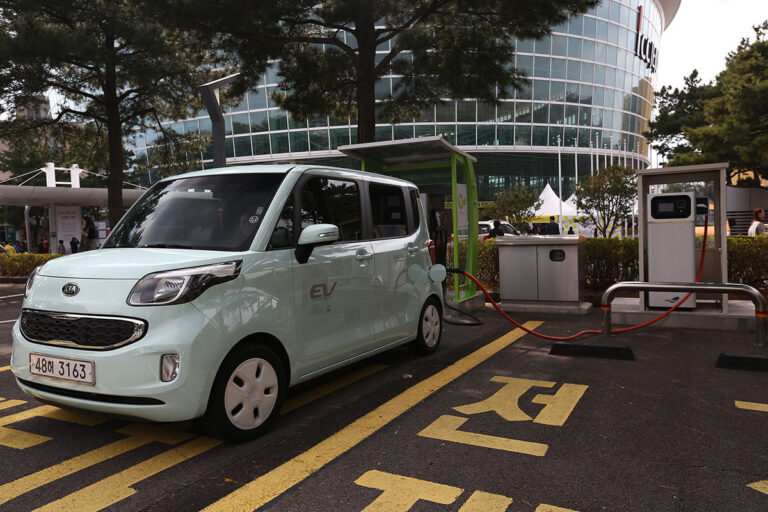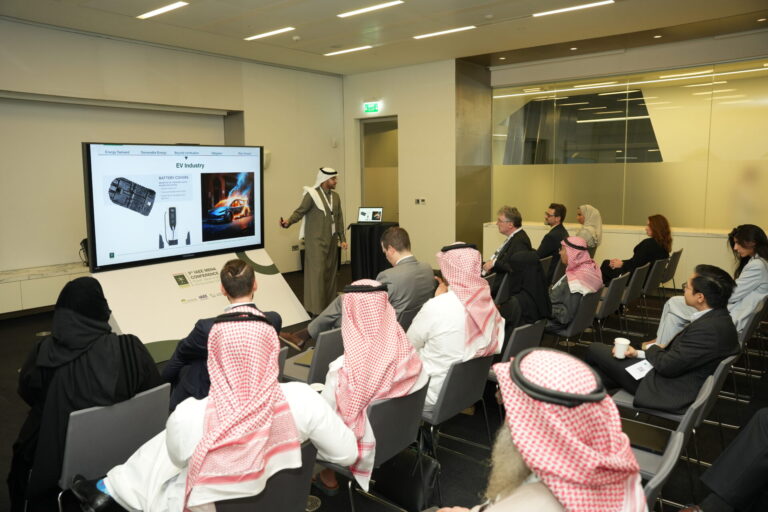While transitioning to a green economy will help counter the worst consequences of climate change, it poses potential challenges to oil-exporting countries. KAPSARC experts investigated how some oil-exporting countries have diversified their economies, identifying structural factors underlying successful policies. Their study serves as a guide for fossil fuel economies to navigate the green transition.1
“Structural factors like infrastructure quality, human capital development and institutional strength are critical to achieving meaningful export diversification,” explains Fatih Karanfil, one of the study’s co-authors. “They need to invest in infrastructure that supports non-oil sectors, prioritize education and skills development to build human capital, and create a business-friendly environment by ensuring robust institutions and governance frameworks. These steps will help transition oil-exporting economies toward greater economic resilience and sustainability.”
“The key takeaway for policymakers is that structural factors like infrastructure quality, human capital development, and institutional strength are critical to achieving meaningful export diversification.”
Fatih Karanfil
To identify the factors behind successful diversification, Karanfil and Luc Désiré Omgba analyzed the economies of 31 oil-exporting nations from 1981 to 2014. They grouped countries with similar export diversification patterns and mapped how different factors correlated with diversification. They determined the factors that were linked with diversification, such as human capital, and those which had no bearing, such as per-capita GDP.
The analysis showed that successful diversification is built on solid institutional foundations, effective governance, and macroeconomic stability, together with policies to encourage private investment, entrepreneurship, and infrastructure development.
Diversification across the GCC
The United Arab Emirates offers an example of an oil-exporter that has successfully diversified, and other countries in the region are following suit. “Across the GCC, policymakers are focusing on key sectors such as tourism, technology, and finance to reduce their reliance on oil. Strong institutions, stable political environments, and a clear vision for the future have positioned these countries as emerging hubs for investment and innovation,” says Omgba.
The researchers highlight Saudi Arabia’s Vision 2030 as an ambitious initiative to drive diversification. “To fully realize its potential, it’s crucial to ensure that institutions are well aligned with the vision’s objectives and that governance frameworks remain agile and adaptive to the evolving needs of the economy,” Karanfil says.
The path to diversification is neither short nor straightforward. “Policymakers need to focus not just on short-term gains but on building resilient economies that can withstand external shocks, such as fluctuations in oil prices or global economic downturns,” says Omgba.
Success will come from a sustained commitment to build the necessary structures and capabilities, from reforming institutions to nurturing human capital. “The global energy transition presents an excellent opportunity for oil-dependent countries to accelerate their diversification efforts and position themselves as leaders,” Omgba adds.
Reference
Karanfil, F. and Omgba, L.D., The Energy Transition and Export Diversification in Oil-Dependent Countries: The Role of Structural Factors. Ecological Economics, 204 (B), 107681, 2023. | Article




